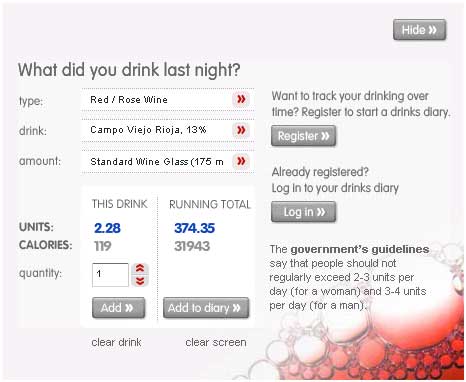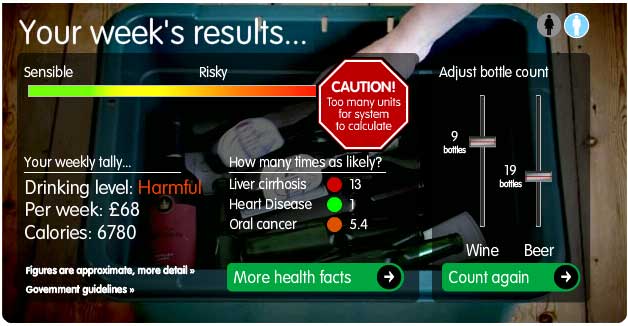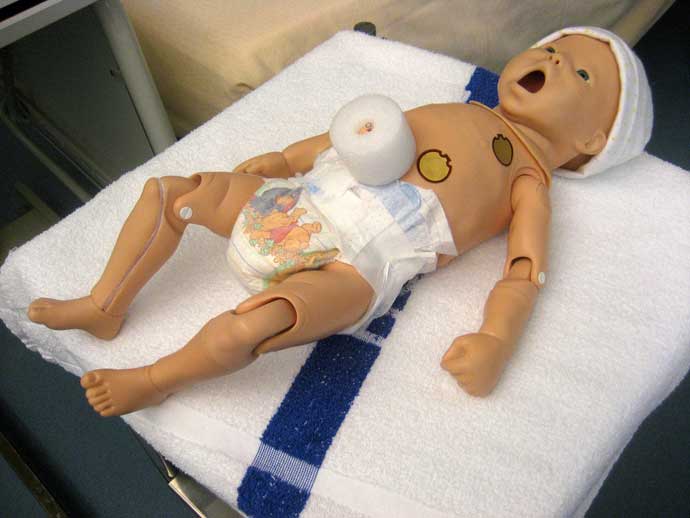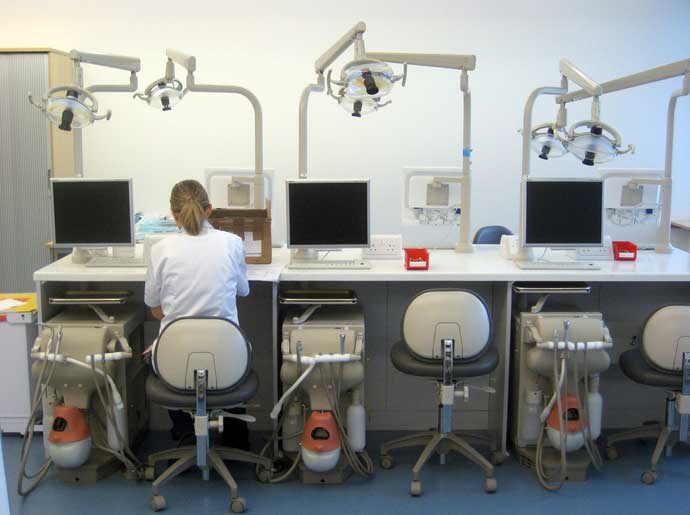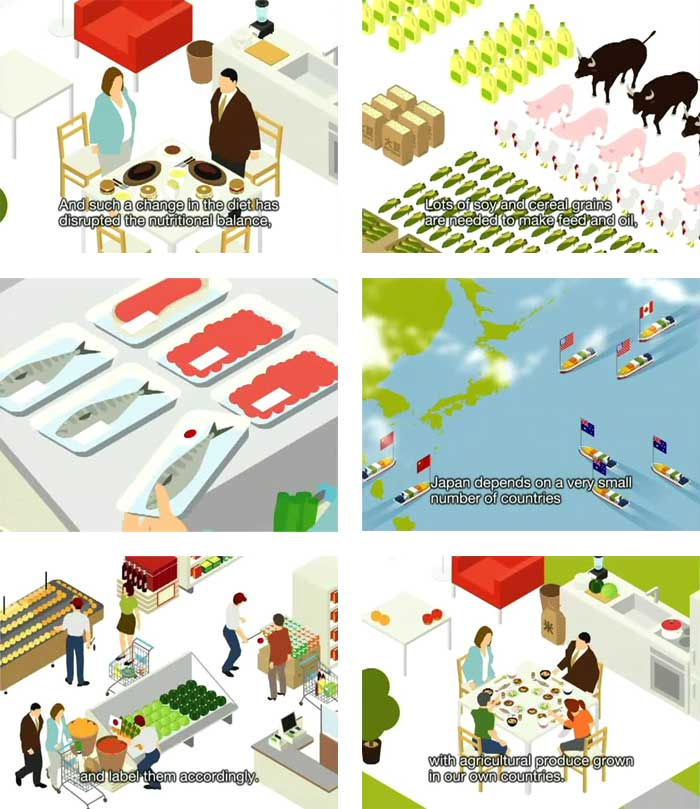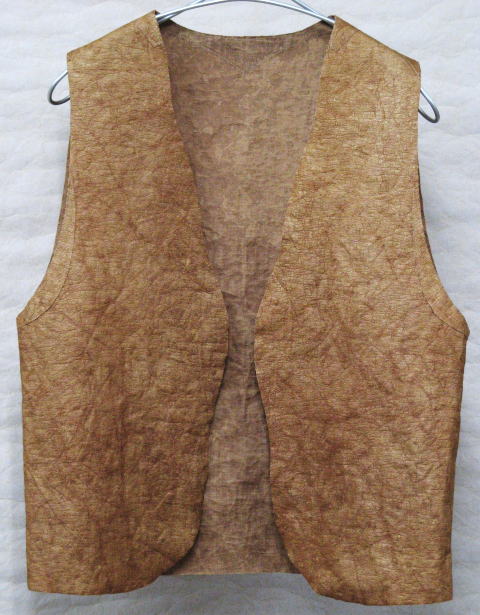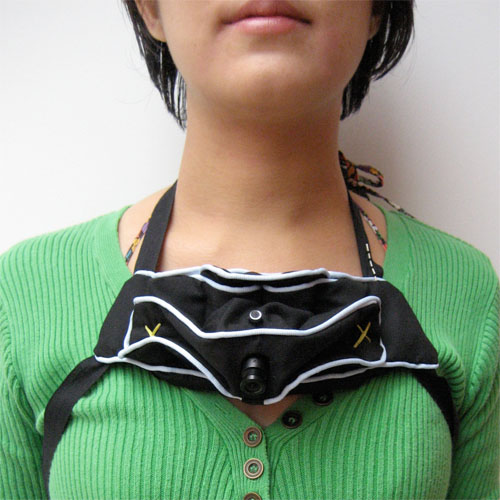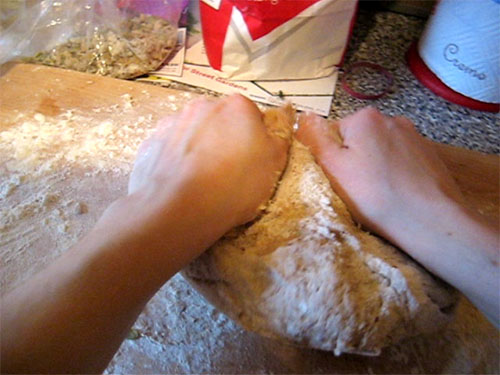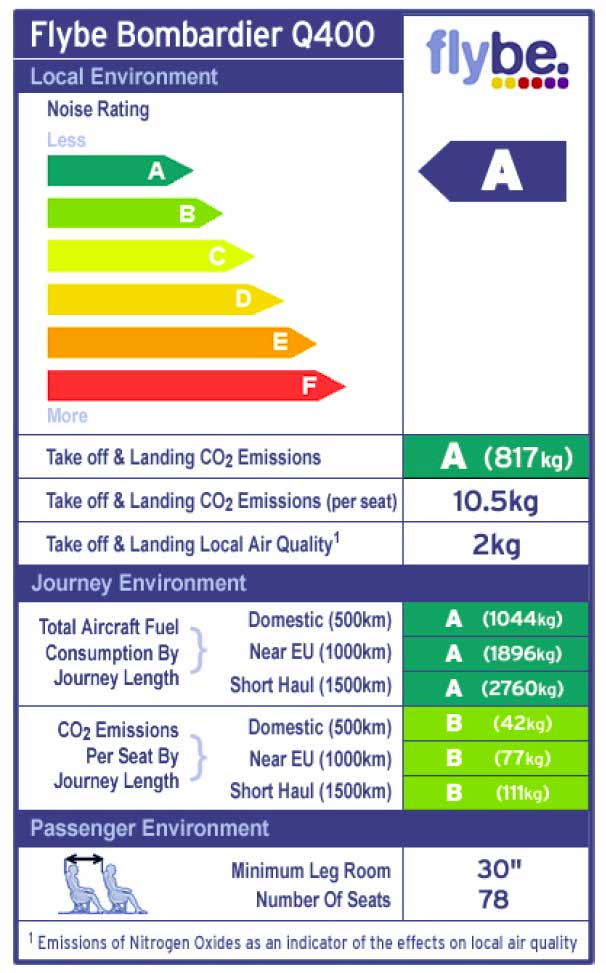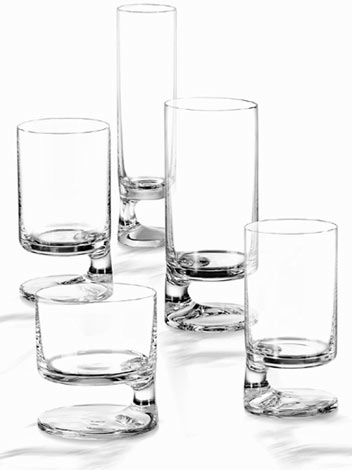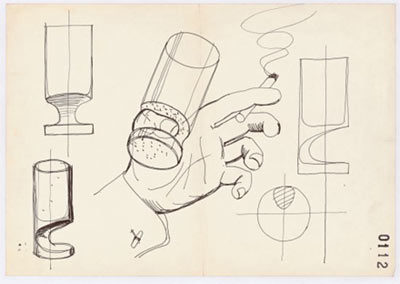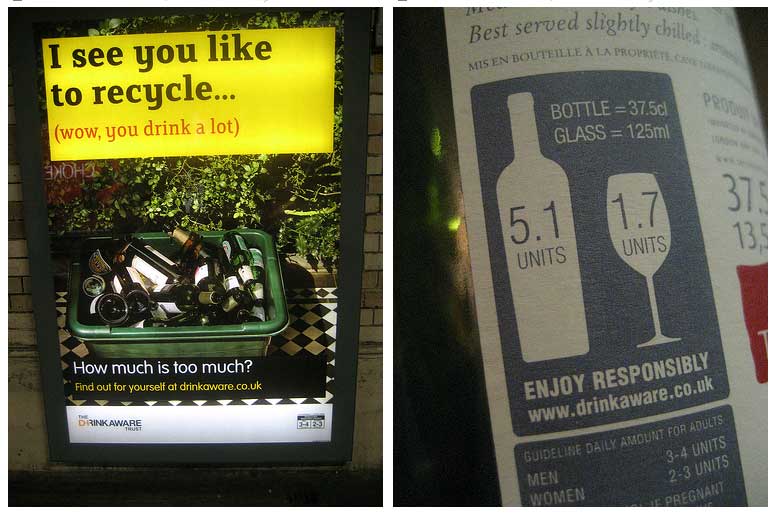
While visiting the UK recently I was surprised by a pervasive public service campaign aimed at curbing alcohol consumption. The government is educating consumers about the appropriate amount of liquor to consume based on a point system (2-3 per woman per day, 3-4 per man) which adorns every container of beer, wine and spirits (above right). Together with an ad campaign (above left) this effort is trying to get people to realize they are drinking way too much. What impressed me about this technique is its similarity to the public relations campaigns to encourage energy conservation. Similar to carbon footprint, this anti-alcohol crusade uses product labels, personal guilt-inducing advertisements and even provides web-based tools to calculate your level of unhealthiness (below). And similarly to the environmental movement, it could be argued that the responsibility should not fall on consumers: that government measures (such as regulation and taxation) could temper the generally excessive consumption. On the other hand, the site does offer a fresh look at your ‘recycling bin’ as a sort of booze footprint and, in turn, makes recycling seem a little less noble.
